Sorry, ‘Earth 2.0’ Fans, There’s No Such Thing As An Earth-Like Exoplanet
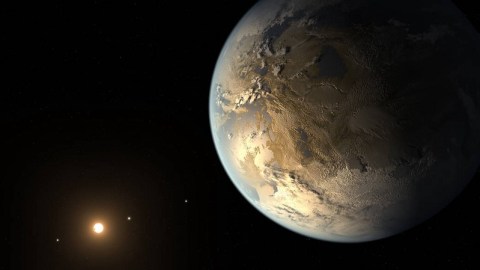
The dream of an ‘Earth-like’ planet showcases our astrobiological ignorance.
Over the past decade, our understanding of what planets exist around stars other than our own has exploded. The number of known exoplanets has risen from only a few dozen just 10 years ago to more than 4,000 confirmed exoplanets, pioneered by the spectacular success of NASA’s Kepler mission. They come in a wide variety of sizes, orbital distances, and around all types of stars; we can finally speak about what’s out there with data, rather than mere speculation.
It’s brought a number of existential questions into the realm of science among professionals and amateurs alike. When will we find our first inhabited planet beyond the Solar System? Are any potentially habitable by humans? And which planets, in which solar systems, are the most Earth-like? But the more we learn, the more one outcome becomes clear: asking how ‘Earth-like’ an exoplanet is the wrong question to be asking. The Universe is fascinating, varied, and diverse, and the best place for life might not be like Earth in any way we traditionally imagine.
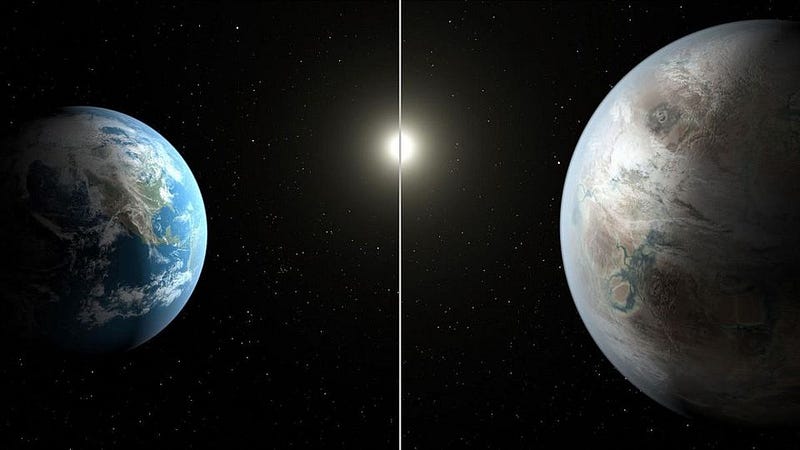
When we look around the Solar System at the planets, moons, and other worlds that surround us, it’s pretty clear that Earth is something special. For some reason — likely for a myriad of reasons — Earth is the only world we know of where life arose, sustained, thrived, transformed the biosphere, and became complex, intelligent, and technologically advanced. When scientists say they’re looking for ‘Earth 2.0’ or an ‘Earth-like’ exoplanet, they’re looking for conditions that are similar to the ones that we were fortunate enough to experience.
But there’s an implicit bias built into that way of thinking. We assume that the conditions that Earth experienced (and continues to experience) are the ones most conducive to the outcome we desire. But as we learn more and more about the Universe, we have every reason to challenge this assumption. Here are five ways this might manifest.
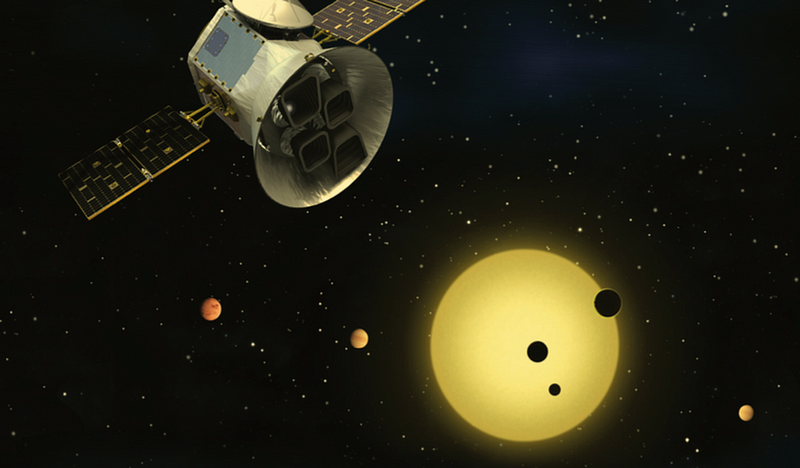
1.) Size of the planet. Earth-sized is just right, isn’t it? If we’re too large, we’ll hang onto a massive hydrogen and helium envelope (like Neptune or Uranus); if we’re too small, we won’t be able to hold onto our atmosphere very well at all (like Mars or Mercury). Therefore, Earth-sized is the way to go, isn’t it?
Only, Saturn’s moon Titan is smaller than Mars, but holds onto a thicker atmosphere than even Earth. Venus, smaller and less massive than Earth, has 90 times the atmospheric pressure at its surface than we have. And Europa, Jupiter’s large waterworld of a moon, may have the perfect conditions for subsurface, oceanic life. These examples, even restricted to our own Solar System, remind us that the possibility for life exists on many worlds of many varying sizes, and that being ‘Earth-sized’ is not a special property.
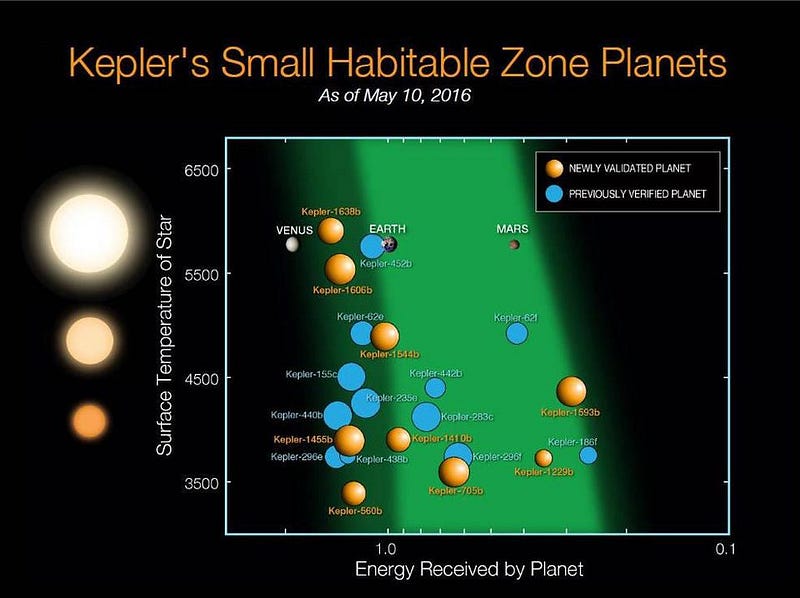
2.) The idea of a ‘habitable zone.’ If you have a planet the size of Earth with an atmosphere like Earth’s, what’s the right location from your parent star to have the right temperature to admit liquid water on your surface? The answer to that question, arbitrary as it is, is how we arrived at the definition we commonly see used in diagrams for the ‘habitable zone.’
But the fact of the matter is that a planet at a much larger distance from its star could have a thicker atmosphere that led to temperate conditions. A planet with a much lower albedo or with specific cloud-cover properties could be closer to its parent star and still have temperate conditions. Hotter planets could have life thriving in their upper atmospheres; colder planets could have life thriving beneath a surface of ice. The ‘habitable zone’ is a biased place to start, and science has progressed to the point where this naive definition is no longer useful.
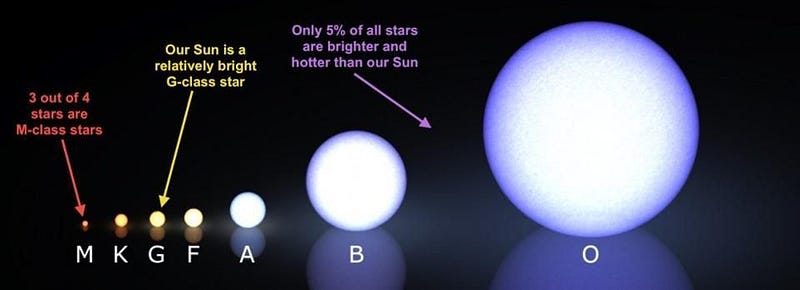
3.) The need for a Sun-like star. The vast majority of stars in the Universe are red dwarf stars: low-mass stars that burn through their fuel stably and slowly, while only about 20% of all stars will share the fate of the Sun: burning for billions of years, becoming a red giant, and ending their life as a planetary nebula. While some (mostly at the low end of the mass range) red dwarf stars flare, and most planets orbiting red dwarfs will be tidally locked, those conditions aren’t necessarily prohibitive for life.
There’s a real risk of throwing out the proverbial baby with the bath water here. Yes, life is likely impossible in some red dwarf systems, but until we actually take a census of these abundant planetary systems and measure the properties of these worlds and — if they have them — their atmospheres, we cannot responsibly conclude that life isn’t abundant on many of them.

4.) Does life self-regulate its biosphere? This is another key question that we don’t have a sufficient answer to: can a planet that would become uninhabitable due to physical and chemical processes alone actually be transformed to remain habitable over long astronomical timescales by the presence of early, simple life?
We know that there are many feedback mechanisms here on Earth, and that large external changes in, say, energy inputs might only translate to small changes within our biosphere. Does the presence of early life on a planet, when perhaps conditions are friendlier for it to arise, hold the key to unlocking the long-term stability of life on a planet? If so, we won’t be able to fundamentally understand what makes a planet potentially habitable (much less long-term inhabited) until we have a better understanding of this issue.
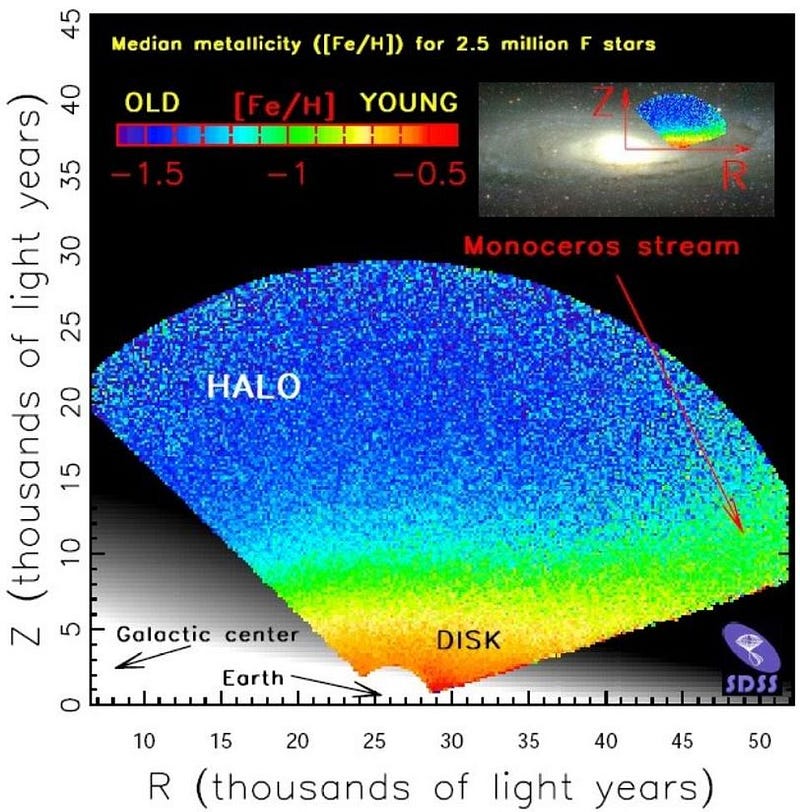
5.) Do metals really matter? For the very first generation of stars, there was only hydrogen and helium to make them out of. In our Solar System, about 1–2% of the total mass of everything in it is made of heavier elements (like oxygen, carbon, nitrogen, and other essential elements for life). Stars without sufficient heavy elements cannot produce rocky planets and the raw molecules required to give rise to life.
But where does the line get drawn? Could a solar system with half the heavy elements of our own produce a planet with life and organics? Could one with 10%? How about 1%? What about, in the other direction, 500%? Whenever we have a sample size of 1, we have no idea whether we’ve gotten lucky, or whether we’re a typical example of the greatest odds of success. These are just some of the open questions that keep us from having a useful definition of what ‘Earth-like’ truly implies.
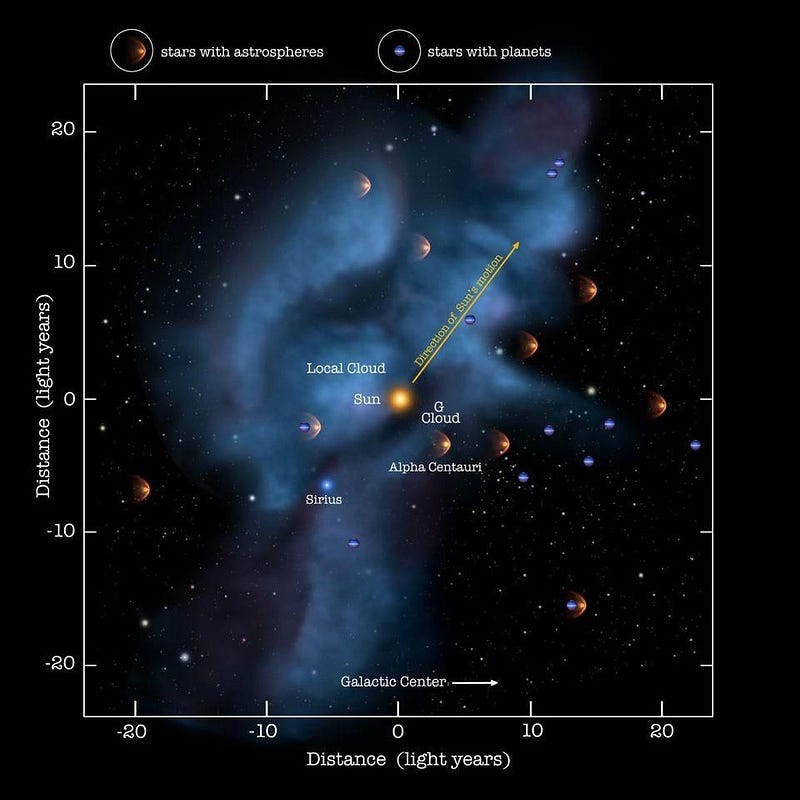
The uncomfortable fact is that the Universe really is playing a numbers game with us. When we look out at the Universe, it’s true: there are somewhere around ~10 billion Earth-sized planets in our Milky Way alone that orbit stars in what we’ve traditionally called the habitable zone around stars that are similar in mass and temperature to our Sun. A substantial fraction have similar fractions of heavy elements to our own Solar System as well, indicating that these types of exoplanets — which we might be tempted to call candidates for ‘Earth 2.0’ — really are abundant.
But there are many, many other types of exoplanets that don’t meet all of these criteria, many of which are far more abundant in number than the ones we’d naively describe as being like our own planet. Looking for an ‘Earth-like’ planet might cause us to miss out on many or even most of the planets in the galaxy where life actually has taken hold and thrived.
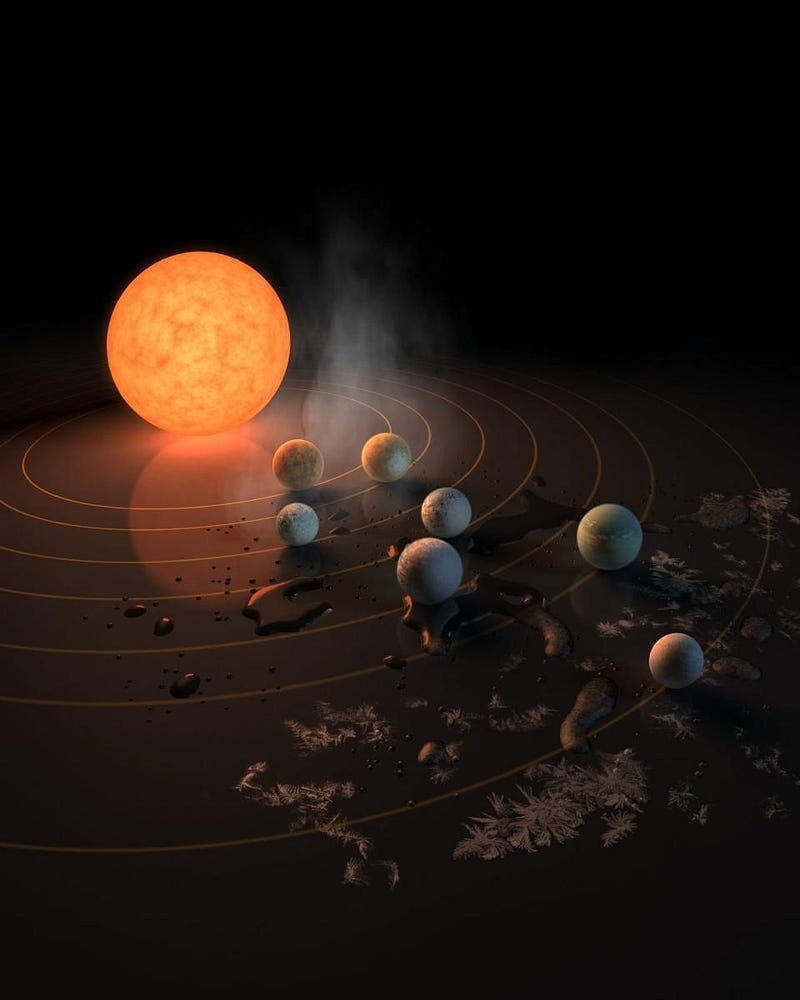
Instead, a far superior approach is to look at everything we’re capable of looking at, and keeping an open mind about what we might find. Sure, it’s easy to make the argument that:
- life works really well here on Earth,
- so these conditions must at least allow the possibility that worlds with similar conditions to Earth could also have life,
- so let’s look there first, in the infancy of our search for life on exoplanets.
It’s exactly this kind of thinking that would ensure we’d get biased results in whatever search we’d perform. If we decide, before we ever look, that life cannot exist around red dwarfs, that exoplanets or exomoons of the wrong size or orbit could never harbor life, or that stars with a dearth of heavy elements couldn’t have life-sustaining planets, we run the risk of not only missing many instances of life in the Universe, but the overwhelming majority of inhabited planets.
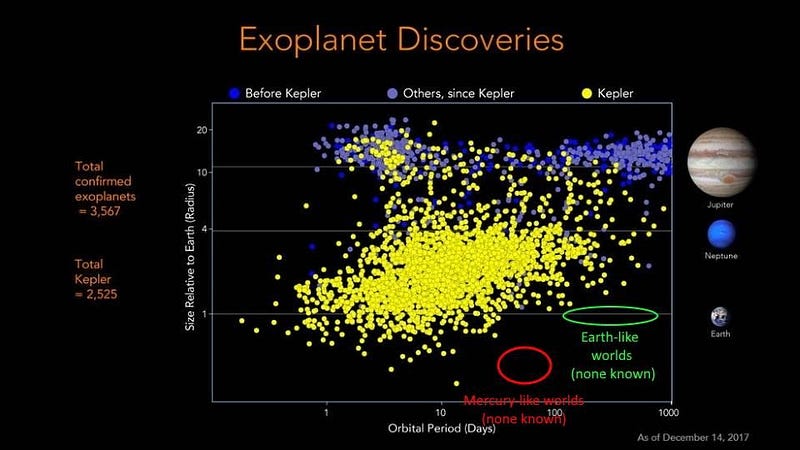
The fact of the matter is that nearly 80% of the stars in the galaxy are these low-mass, red dwarf stars. There are very likely to be more Mars-sized or Mercury-sized worlds than Earth-sized worlds. There are likely a myriad of atmospheric conditions that could admit life at a variety of orbital distances. There may even be more large-sized exomoons — particularly around gas-rich, massive exoplanets — than there are terrestrial-sized exoplanets.
It’s so tempting to assume that if we have one example of success (Earth), we should search for examples that emulate the known success. But that’s not the proper scientific approach; the proper approach is to search for as many plausible worlds as possible that include, but aren’t restricted to, planets with the same conditions that Earth possesses. It’s eminently possible that most planets with similar conditions to Earth aren’t life-friendly at all, while many planets with conditions different from ours may even be more successful for life. Until measurements reveal the answer, it would be premature to think that ‘Earth-like’ has any scientific meaning beyond our own assumed biases.
Ethan Siegel is the author of Beyond the Galaxy and Treknology. You can pre-order his third book, currently in development: the Encyclopaedia Cosmologica.





